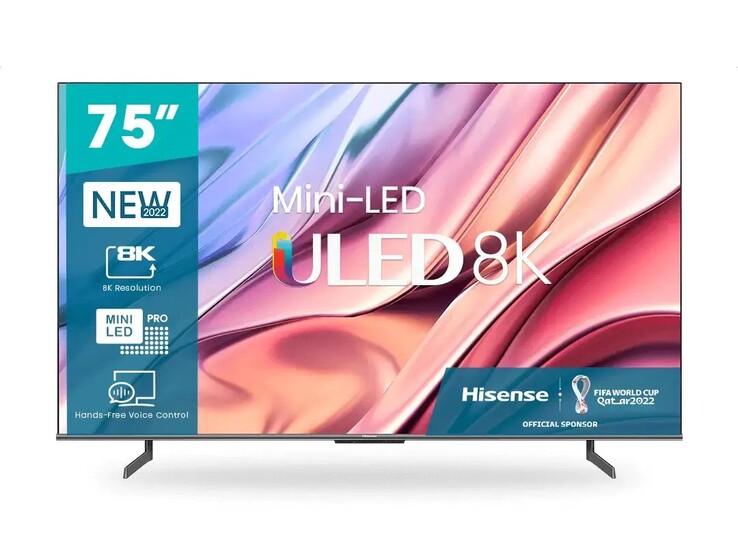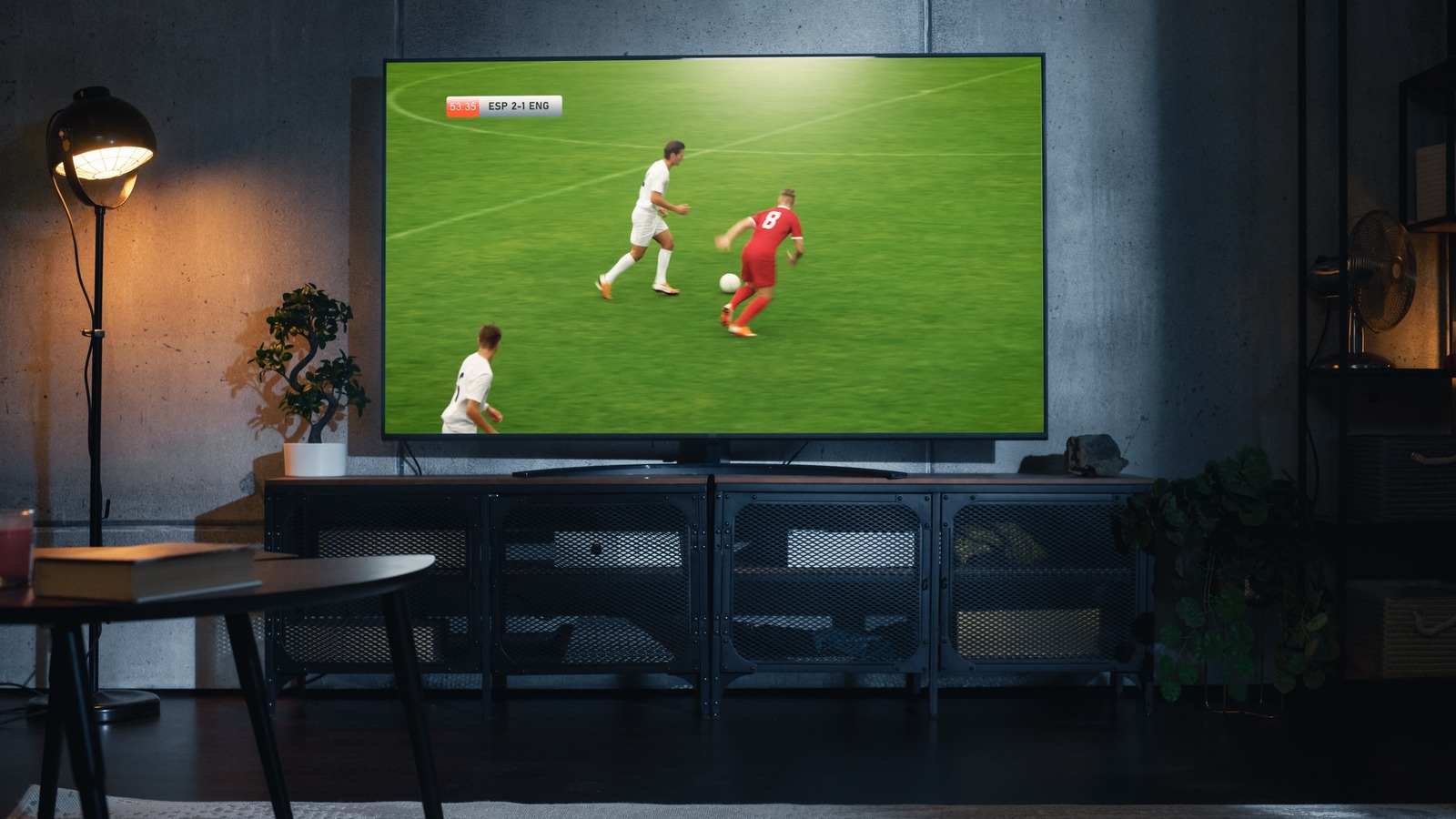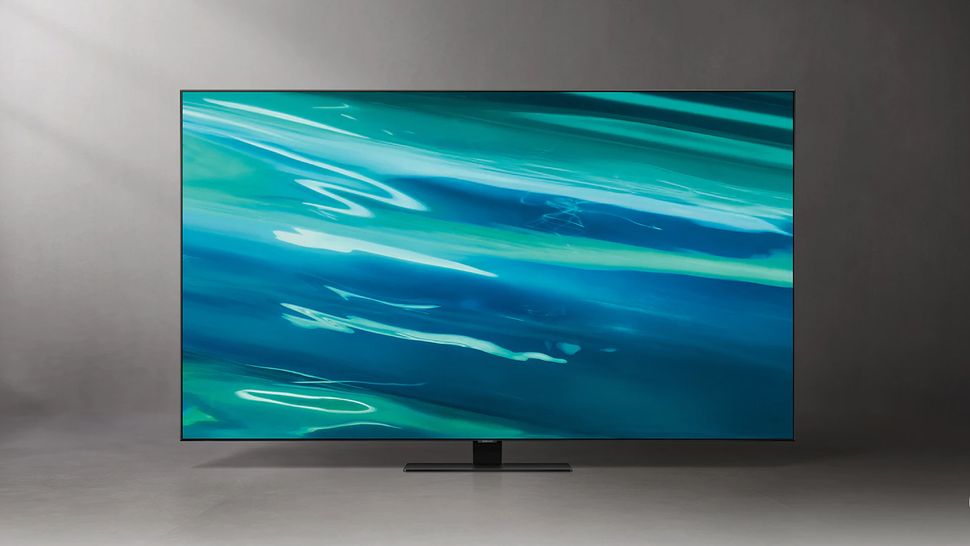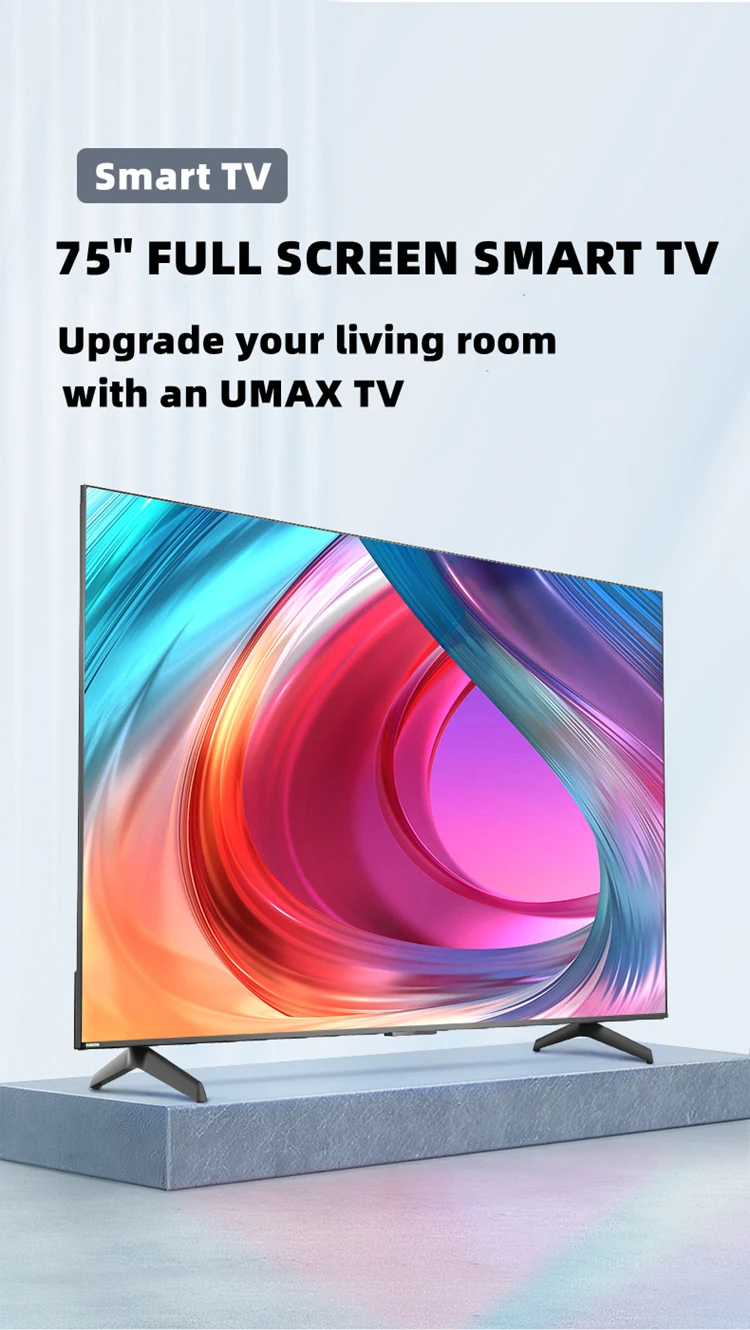Smallest Tv With 120hz Refresh Rate

The television market has seen a surge of innovation in recent years, with manufacturers constantly pushing the boundaries of size, resolution, and refresh rates. Now, a new development promises to bring high-performance display technology to even the most space-constrained environments: a new television boasting a 120Hz refresh rate in a remarkably small form factor.
This miniaturization of high refresh rate technology signifies a potential shift in how consumers engage with visual media, particularly in areas where larger screens are impractical or unwanted. The introduction of such a compact, high-performance television raises questions about its applications, target audience, and the technological hurdles overcome to achieve this feat.
Details surrounding the specific manufacturer and model of this television remain limited. Preliminary reports suggest the screen size is under 32 inches, although the exact dimensions are undisclosed. The key innovation lies in maintaining a 120Hz refresh rate, a feature typically found in larger, more expensive displays aimed at gamers and cinephiles.
For context, a 120Hz refresh rate means the screen updates its image 120 times per second. This results in smoother motion, reduced motion blur, and an overall more responsive visual experience, especially beneficial for fast-paced content like video games or action movies. Standard televisions often operate at 60Hz, making the difference noticeable to many viewers.
The Significance of a Small, High Refresh Rate TV
The implications of this development extend beyond mere novelty. A smaller television with a 120Hz refresh rate opens up possibilities for various niche markets. Gamers with limited desk space, for example, could benefit from a high-performance display without sacrificing valuable room.
Similarly, those seeking a secondary display for monitoring purposes or individuals with visual sensitivities who find lower refresh rates uncomfortable might also find this technology appealing. Consider also medical or industrial applications where compact, high-clarity displays are essential.
Technological Challenges and Innovations
Achieving a 120Hz refresh rate in a small panel presents significant engineering challenges. Efficient heat dissipation, maintaining consistent backlight uniformity, and minimizing input lag are crucial considerations.
Manufacturers likely had to employ advanced panel technologies, such as improved thin-film transistor (TFT) designs, and refined driver circuitry to manage the high data throughput required for a rapid refresh rate. Power consumption is another factor that needs careful optimization.
"Scaling down advanced display technologies requires innovative solutions in material science and circuit design," explains Dr. Anya Sharma, a display technology researcher at the Institute of Electronic and Electrical Engineers (IEEE). "The challenge is to maintain performance while adhering to strict size and power constraints."
Potential Market Impact
The long-term impact of this technological advancement remains to be seen. The success of this "mini-marvel" will depend on its price point, picture quality beyond refresh rate, and the overall user experience.
If priced competitively, it could disrupt the lower end of the gaming monitor market and find a niche among consumers who prioritize performance over sheer screen size. Consumer reception will be a critical factor in driving further innovation in this space.
The unveiling of this small, high refresh rate television underscores the relentless pursuit of miniaturization and improved visual experiences in the display technology sector. It will be interesting to see whether larger TV manufacturers will follow this example, paving the path for high performance displays in the smallest places.


















